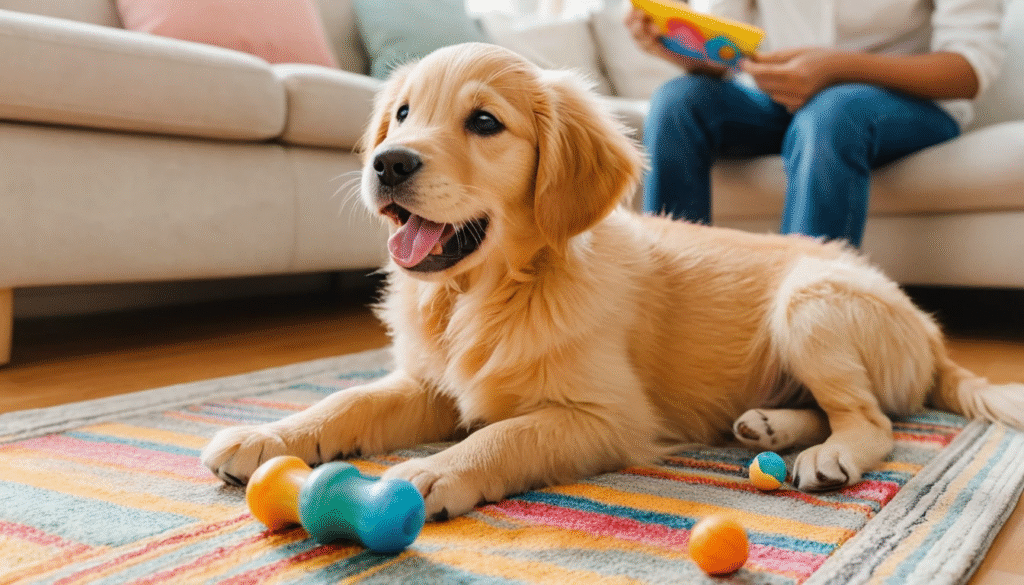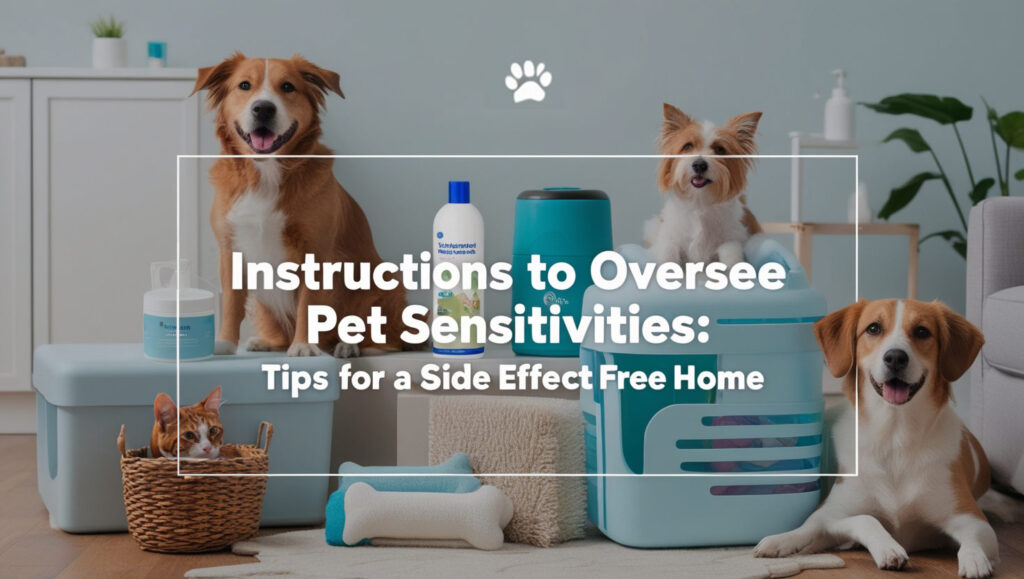Bringing home a new puppy is a joyful experience, but it often comes with a common challenge: puppy biting. Those tiny teeth may look harmless, but they can be surprisingly sharp and painful. Puppy biting is a normal part of development, especially during teething.
But it’s also a behavior that must be addressed early. If not corrected, it can lead to problems as your dog grows older. This guide breaks down how to train a puppy not to bite with five simple yet effective steps to train your puppy not to bite, along with tools and techniques that make the process easier.
Why Do Puppies Bite?
Before jumping into solutions, it’s important to understand why puppies bite:
- Teething discomfort: Like human babies, puppies experience pain when teething.
- Exploring the world: Puppies explore with their mouths, often biting as a way to interact with their surroundings.
- Play behavior: Biting is a natural part of how puppies play with their littermates.
- Lack of boundaries: Without proper training, they don’t know what’s acceptable.
Training your puppy not to bite is not about punishment; it’s about teaching boundaries through consistency, redirection, and positive reinforcement.
Step 1: Teach Bite Inhibition Early
Bite inhibition is a puppy’s ability to control how hard they bite. This skill is often learned from their littermates when one pup bites too hard, the other yelps and stops playing. You can mimic this process:
- Let out a loud “Ouch!” or give a sharp, high-pitched yelp when your puppy bites too hard.
- Pause the play immediately. Stop interaction and walk away for 20–30 seconds. This shows that biting ends the fun.
- Resume gently, and repeat the process if the biting continues.
This teaches your puppy that biting causes playtime to end, reinforcing that softer mouths get more rewards.
When you train your puppy not to bite, you are not only addressing a behavior but also teaching them about safe interactions.
Structured training sessions that focus on how to train your puppy not to bite will lead to lasting results.
Step 2: Redirect the Biting Behavior
Puppies have a natural urge to chew. Instead of scolding your pup for biting, redirect their energy to acceptable alternatives:
To effectively train your puppy not to bite, consider integrating training sessions that emphasize the importance of bite inhibition and positive reinforcement.
- Use chew toys like the KONG Puppy Toy or Nylabone Puppy Chew. These are specially designed for teething puppies and can even be frozen to soothe gums.
- Offer a variety of textures (rubber, rope, plush) to see what your puppy prefers.
- Always keep toys nearby so you can offer one the moment biting begins.
Whenever your puppy starts to bite hands or feet, calmly say “No bite” and offer a toy instead. Reward them with praise when they accept the toy.
Step 3: Encourage Calm Play
As you engage in play, always remember to train your puppy not to bite, which will help them learn proper social skills.
Overexcitement often leads to more intense biting. Teaching your puppy to play gently helps reduce this behavior:
- Avoid rough play using hands. Games like tug-of-war are fine, but must follow strict rules. If the puppy bites your hand, the game stops immediately.
- Use long toys like tug ropes or flirt poles to keep distance between your hands and the puppy’s mouth.
- Practice short sessions of fetch or puzzle play to release energy in a constructive way.
If your puppy gets too worked up, give them a short timeout in a calm space, not as punishment, but as a break to reset their energy.
Step 4: Reinforce Positive Behavior
Positive reinforcement is the most effective way to shape behavior in puppies. Here’s how to use it when dealing with biting:
- Reward calmness: Whenever your puppy plays without biting or chews on toys instead of hands, praise them immediately or offer a treat.
- Use commands: Teach simple cues, such as “Leave it” or “Drop it,” using treats and repetition. These become powerful tools for redirecting biting behavior later on.
- Clicker training can be a great technique here—click when they stop biting or switch to a toy, then reward.
Consistency is the key. If everyone in the household responds the same way, your puppy will learn faster.
Investing time in training your puppy not to bite is essential for their development into a balanced adult dog.
Step 5: Set Boundaries and Be Consistent
Your puppy thrives on routine and clear expectations. When training them not to bite, consistency matters more than anything else:
- Don’t allow biting sometimes, and scold other times. Be firm and clear every time.
- Make sure all family members and guests follow the same rules.
- Establish boundaries with commands like “Off” or “No bite” and follow through consistently.
Additionally, avoid physical punishment or yelling, as it can create fear and confusion. Instead, calmly train a puppy not to bite and reinforce positive interactions.
Bonus: Use Tools & Toys to Support the Process
Ultimately, your goal is to train your puppy not to bite effectively, ensuring a happy coexistence with family and friends.
Here are a few recommended tools (available on Amazon) to support your bite training journey:
- KONG Puppy Toy – Stuff with treats or freeze it for gum relief.
- Nylabone Puppy Teething Rings – Great for soothing sore mouths.
- Dubidu Puppy Chew Set – Offers variety in textures to keep pups engaged.
- Cotton Rope Toys – Ideal for tug games and interactive play.
- Clicker Trainer – Helps mark and reward good behavior instantly.
Having the right tools handy makes it easier to redirect behavior in the moment and keeps your pup entertained in healthy ways.
Remember that part of your responsibility is to train your puppy not to bite, ensuring they understand the limits of play.
Using techniques that focus on training your puppy not to bite can lead to a well-mannered dog that understands appropriate behavior.
Training a puppy not to bite takes time, patience, and consistency. Remember, your puppy isn’t being bad—they’re just learning how to interact with the world. By teaching bite inhibition, redirecting behavior, encouraging calm play, and reinforcing positive choices, you’ll raise a well-mannered, happy companion.
Effective methods to train your puppy not to bite will promote better interaction with people and other pets.
Most importantly, start early and stay consistent. Puppies that learn not to bite in their early months grow into dogs that can be trusted around kids, guests, and other animals.
With love, boundaries, and the right tools, you’re not just stopping bites; you’re teaching how to train a puppy not to bite and building trust.
This attention to training your puppy not to bite will shape their behavior positively throughout their life.
This approach is crucial for helping your puppy learn to interact appropriately without engaging in biting behavior. It’s essential to train your puppy not to bite as part of their socialization process.
In summary, the best way to train your puppy not to bite is through consistency, patience, and love.
Confidence in your puppy’s behavior will grow as they learn to socialize without biting, reinforcing the lessons you teach when you train your puppy not to bite.
Utilizing supportive tools can enhance your efforts to train your puppy not to bite and make the process enjoyable for both of you.



